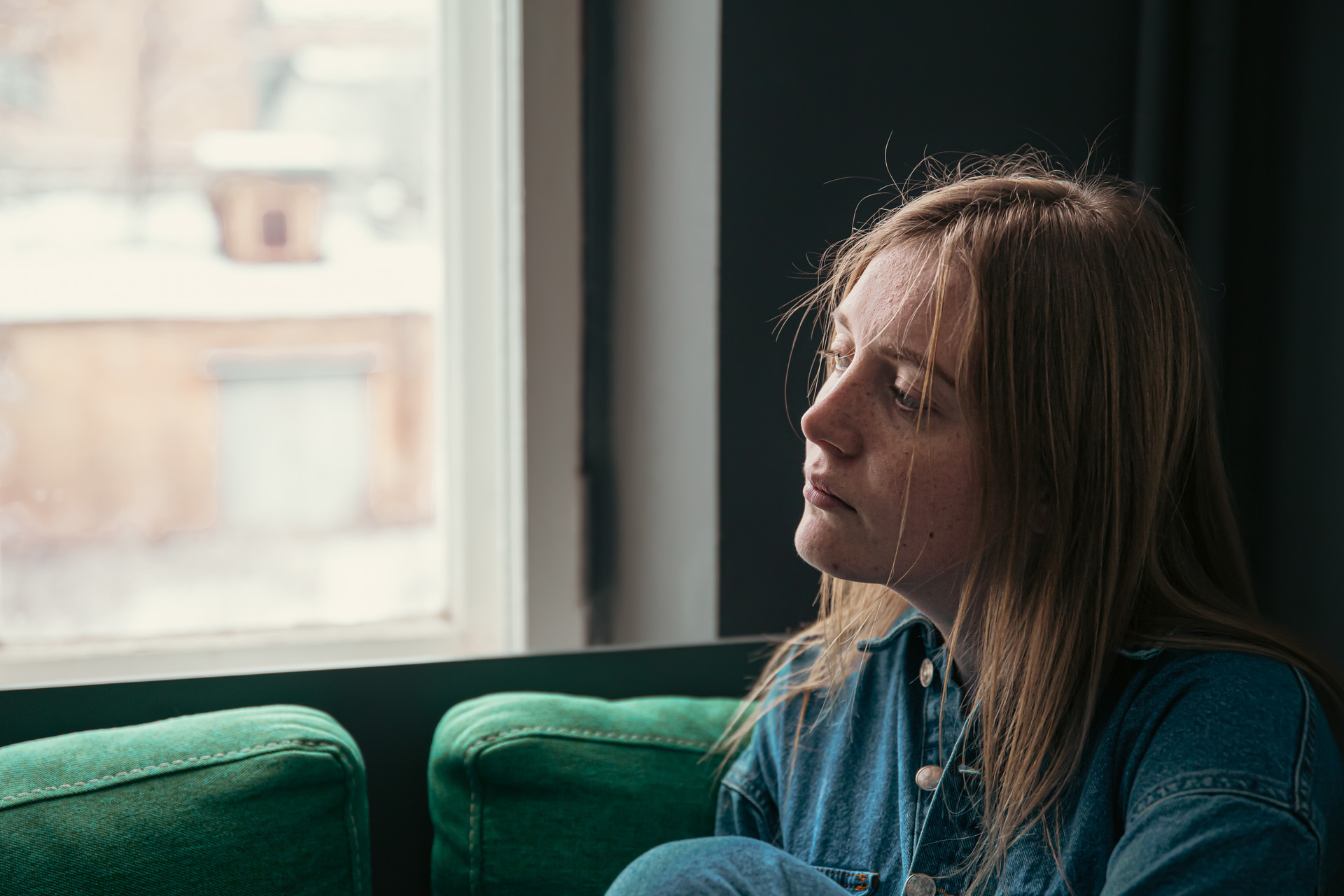Seasonal affective disorder (also known as SAD) is a type of depression that comes and goes according to the season. Most people affected by SAD have winter-pattern SAD, where symptoms develop in autumn and winter and go away during spring and summer. However, a smaller number of people have summer-pattern SAD where they experience depressive symptoms during the warmer months.
The signs and symptoms of SAD are the same as those experienced by people with major depression, including feeling sad or down most of the time, losing interest in activities you previously enjoyed, having low energy levels, experiencing changes in appetite and weight, having difficulties concentrating, feeling hopeless, worthless or guilty, and having thoughts of no longer wanting to live.
Additional symptoms specifically associated with winter-pattern SAD include oversleeping, overeating and craving carbohydrate foods, weight gain and social withdrawal (wanting to ‘hibernate’). Symptoms more commonly seen with summer-pattern SAD include difficulties sleeping, poor appetite and weight loss, restlessness and agitation and anxiety.
We are not yet sure of exactly what causes SAD. However, it is thought to be related to changes in sunlight at different times of the year which can lead to disruptions to the body’s circadian rhythms (body clock) and changes in the production of melatonin and serotonin, hormones which affect our sleep and mood.
SAD is more common in women than men and in younger adults than older adults. It is also more common in those who live further from the equator, because of longer days of sunlight in summer and shorter days of sunlight in winter. Our temperate climate in Australia means we are less likely to develop SAD compared to people living in many other parts of the world. Having a history of major depression or bipolar disorder, and/or a family history of depression, may increase the risk.
If you have symptoms of SAD, it is important to see your doctor, who can help you with developing a treatment plan. Treatments may include:
- Light therapy, which involves being exposed to bright light from a special bright light box for a period of time (usually 30-60 minutes) in the morning
- Psychotherapy (counselling)
- Antidepressant medications
- Vitamin D supplements if you have low vitamin D levels
There are also things you can do yourself, including getting outside as much as possible, exercising regularly, making your house as light as possible during autumn and winter and sitting close to windows when you can.
For more information visit: https://www.healthdirect.gov.au/seasonal-affective-disorder
References:
- Murray G. How common is seasonal affective disorder in temperate Australia? A comparison of BDI and SPAQ estimates.
- J Affect Disord. 2004 Jul;81(1):23-8. doi: 10.1016/S0165-0327(03)00197-6. PMID: 15183596.
- Health Direct Australia: Seasonal Affective Disorder
- National Institute of Mental Health: Seasonal Affective Disorder


